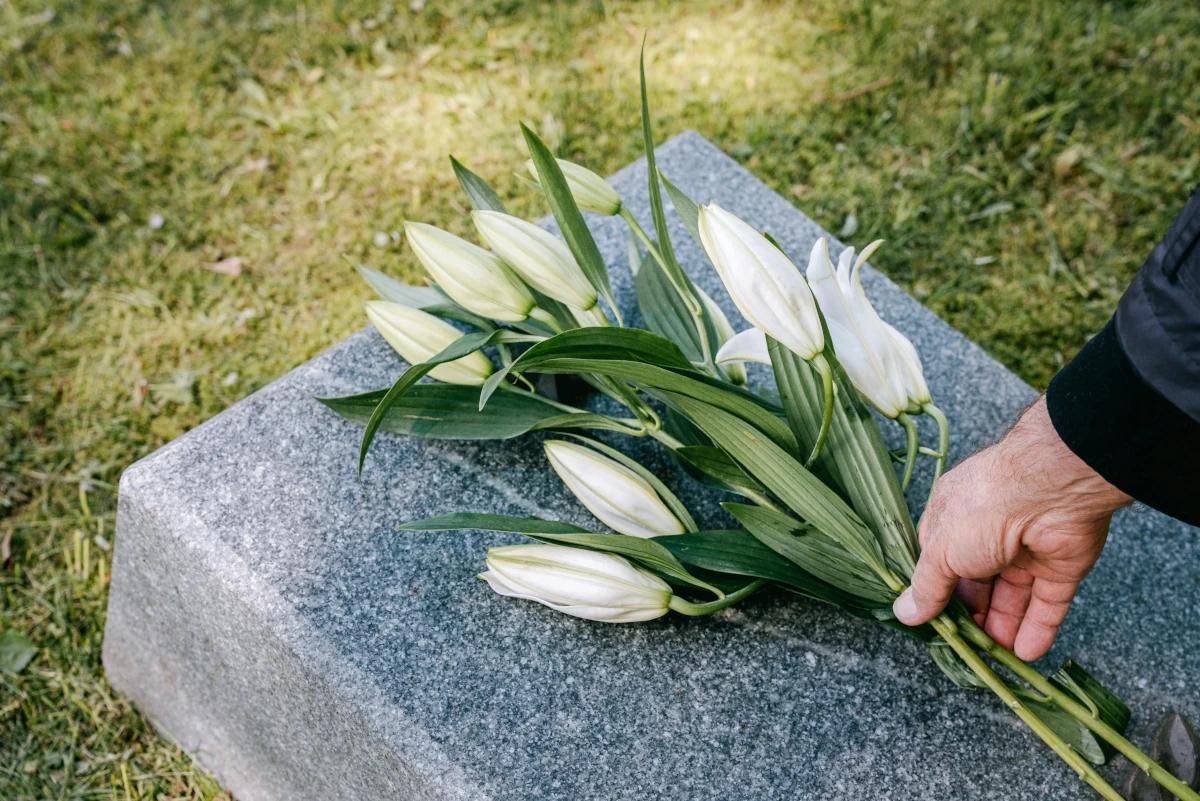Grief is a universal experience, yet many of us don’t know how to do it. In Western culture especially, grieving can feel rushed, isolated, or even invisible. But across the globe, different cultures offer vibrant, sacred, and deeply human ways to honour loss.
What if, instead of pushing grief aside, we welcomed it with ritual, community, and even celebration?
As a grief therapist, I often encourage clients to create or reclaim grief rituals. Looking at how other cultures express mourning can offer us powerful tools for healing, and a new language for loss.
Here are a few profound grief traditions from around the world. They may shift the way you view grief and help you support your own grieving heart.
Día de los Muertos (Mexico & Latin America): Celebrating Life and Memory
“They are never truly gone if we remember them."
Each year on November 1st and 2nd, families across Mexico and Latin America gather for Día de los Muertos, or the Day of the Dead. Far from a sombre affair, it’s a colourful, joyful reunion.
Families create elaborate altars (ofrendas) adorned with marigolds, candles, sugar skulls, and photos. They offer the favourite foods, drinks, and personal items of their deceased loved ones—inviting their spirits to visit.
This tradition keeps loved ones alive in memory and spirit. It’s a way of saying: You are still part of our lives.
Therapeutic takeaway: Grief doesn’t have to be solemn or lonely. Rituals that celebrate memory can be as healing as tears.
Sitting Shiva (Jewish Tradition): Making Space for Stillness
“Grief needs time, space, and witness.”
In Judaism, when someone dies, their immediate family observes shiva, a structured seven-day mourning period. During this time, mourners stay home, receiving visits from friends and the community.
Visitors bring food, sit in silence, and share memories. There’s no pressure to “cheer up.” The goal is presence, not fixing.
Therapeutic takeaway: You don’t need to bounce back quickly. Grief needs support, slowness, and the safety to feel what’s true. Sitting shiva honours that process.
Famadihana (Madagascar): Dancing with the Ancestors
“Grief can be a dance.”
In some regions of Madagascar, the Famadihana, or “Turning of the Bones,” is held every five to seven years. Families reopen ancestral tombs, rewrap the bones of loved ones in fresh cloth, and dance with them to live music.
There’s laughter, celebration, and storytelling. This isn’t morbid, it’s an expression of ongoing love and connection.
While not every Malagasy person observes this tradition today, its message endures: Our dead remain part of our lives.
Therapeutic takeaway: Grief can include joy, movement, and even music. Celebrate how someone lived, not just how they died.
Keening and Wailing (Ireland & Celtic Cultures): Giving Grief a Voice
“Sound your sorrow.”
Traditional Irish funerals once featured keening—a poetic, vocal form of wailing led by women, often professional mourners. These haunting songs gave voice to sorrow, publicly and powerfully.
Rather than suppress emotion, grief was meant to be heard. Similar traditions exist in parts of the Middle East and Asia.
Though keening is less common today, the underlying truth remains: Grief deserves expression.
Therapeutic takeaway: It’s okay to cry, sing, or shout. Let your body release what words cannot. Sound is a form of healing.
Sky Burials (Tibet): Surrendering to the Cycle of Life
“We return to the earth—and the sky.”
In Tibetan Buddhism, the concept of impermanence is central. One grief ritual that reflects this belief is the sky burial. After death, the body is offered to birds of prey, returning it to nature.
This is not considered morbid, it’s seen as compassionate, generous, and spiritually significant.
Families follow with prayer and meditation to support their loved one’s transition and cultivate acceptance of death.
Therapeutic takeaway: Letting go can be sacred. Whether through spiritual practice or symbolic release, like writing a letter or planting a tree, rituals can ease the grip of grief.
Why Global Grief Rituals Matter in Modern Healing
In the therapy room, I often hear:
- “Is this normal?”
- “Why am I still so sad?”
- “Shouldn’t I be over this by now?”
Here’s the truth: Grief has no timeline.
Across cultures, grief traditions reflect this reality. They invite time, creativity, and community into the healing process. You don’t have to be bound by cultural norms that silence or rush mourning.
You might choose to:
- Build your own ofrenda (altar)
- Host a memory-sharing dinner
- Write a letter to someone you’ve lost
- Plant a memory garden
- Gather with others for a grief circle
What matters is this: You grieve in your way, at your pace.
Your Grief Is Welcome Here
Loss is life-altering. It shakes us. It changes us. But it also connects us—to love, to others, and to the shared human experience of mourning.
These global grief rituals remind us that grief doesn’t have to be hidden or hurried. It can be honoured, expressed, and shared.
If you're grieving today, I invite you to create a ritual, small or significant, that feels right to you. Light a candle. Speak their name. Play a song. Make space for your sorrow.
And always remember:
You are not alone.You are not broken.You are grieving, and that is a sacred act.









